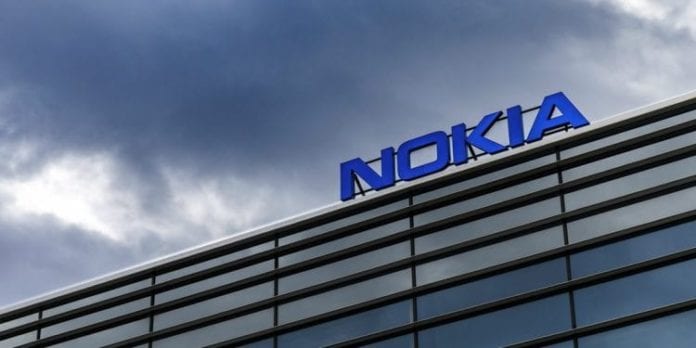Nokia announced that its liquid cooling 5G AirScale Base Station solution has helped Finnish mobile operator, Elisa, reduce the potential energy expenses of its base station as well as CO2 emissions.
In a release, the Finnish vendor noted that is the first time that a commercial 5G liquid cooling solution has been deployed by a mobile operator.
The base station, developed by Nokia Bell Labs, will enable Elisa to achieve 30% lower power consumption and related savings at its site in Helsinki, Finland. Approximately 90% percent of energy consumed by base stations is converted to waste heat. However, with a heat re-use option – where waste heat is converted and repurposed – Elisa has been able to reduce its CO2 emissions by approximately 80%, Nokia said.
Nokia also explained that liquid-cooled sites are silent, require zero maintenance, and can be 50% smaller and 30% lighter than standard active air conditioning units. They offer operators and owners of base station sites significant savings and potentially longer base station component life, the vendor said.
“Elisa has set a clear target to be carbon neutral at the end of 2020. We also want to maintain our 5G leadership and continue to be amongst the top operators in the world to offer the wide benefits of this new technology to our customers. Innovations such as Nokia’s liquid cooling 5G base station demonstrate how 5G can help drive sustainability,” said Sami Komulainen, executive vice president of production at Elisa.
“Our greatest contribution to overcoming the world’s sustainability challenges is through the solutions and technology we develop and provide,” said Tommi Uitto, president of Mobile Networks at Nokia. “Nokia was first to introduce a liquid-cooled base station with the 2G, 3G and 4G base stations with Elisa in Finland. Now we have demonstrated the world’s first liquid-cooled AirScale 5G base station in commercial operations, making liquid cooling a reality for all network generations. This innovative solution supports operators in their quest to be more environmentally responsible while allowing them to achieve significant cost savings.”
Elisa initially launched its commercial 5G network in 2019 and now offers this technology in several cities across Finland. Some of the cities covered by Elisa’s 5G network include Helsinki, Espoo, Tampere, Vantaa, Oulu, Turku, Jyväskylä, Lahti, Kuopio, Pori, Kouvola, Joensuu, Vaasa, Seinäjoki, Hyvinkää, Rauma, Raisio, Heinola and Kuusamo.
In March, the carrier unveiled nine 5G solutions at its 5G showroom in Helsinki including a mobile app for 3D models and high-resolution live streaming, a 360-degree virtual reality live streaming with 8K resolution and a tractor that can be controlled remotely with 5G and a 360 camera.
Nokia has already secured a total of 70 commercial 5G deals, of which 44 are publicly announced. Some of the customers include AT&T, KDDI, Korea Telecom, LG Uplus, NTT DOCOMO, O2, SK Telecom, SoftBank, Sprint, STC, T-Mobile US, Verizon, Vodafone Italy and Zain Saudi Arabia.

